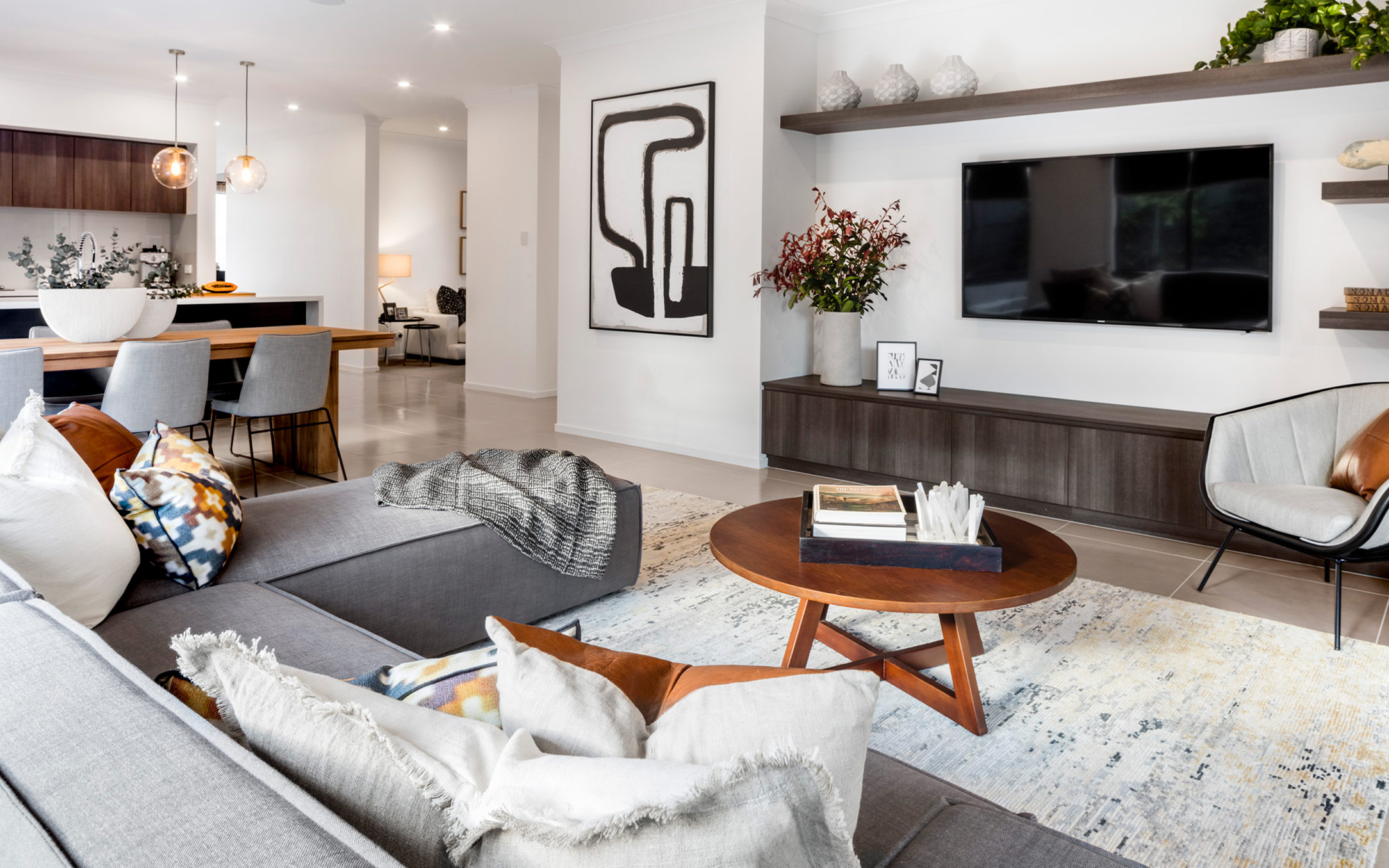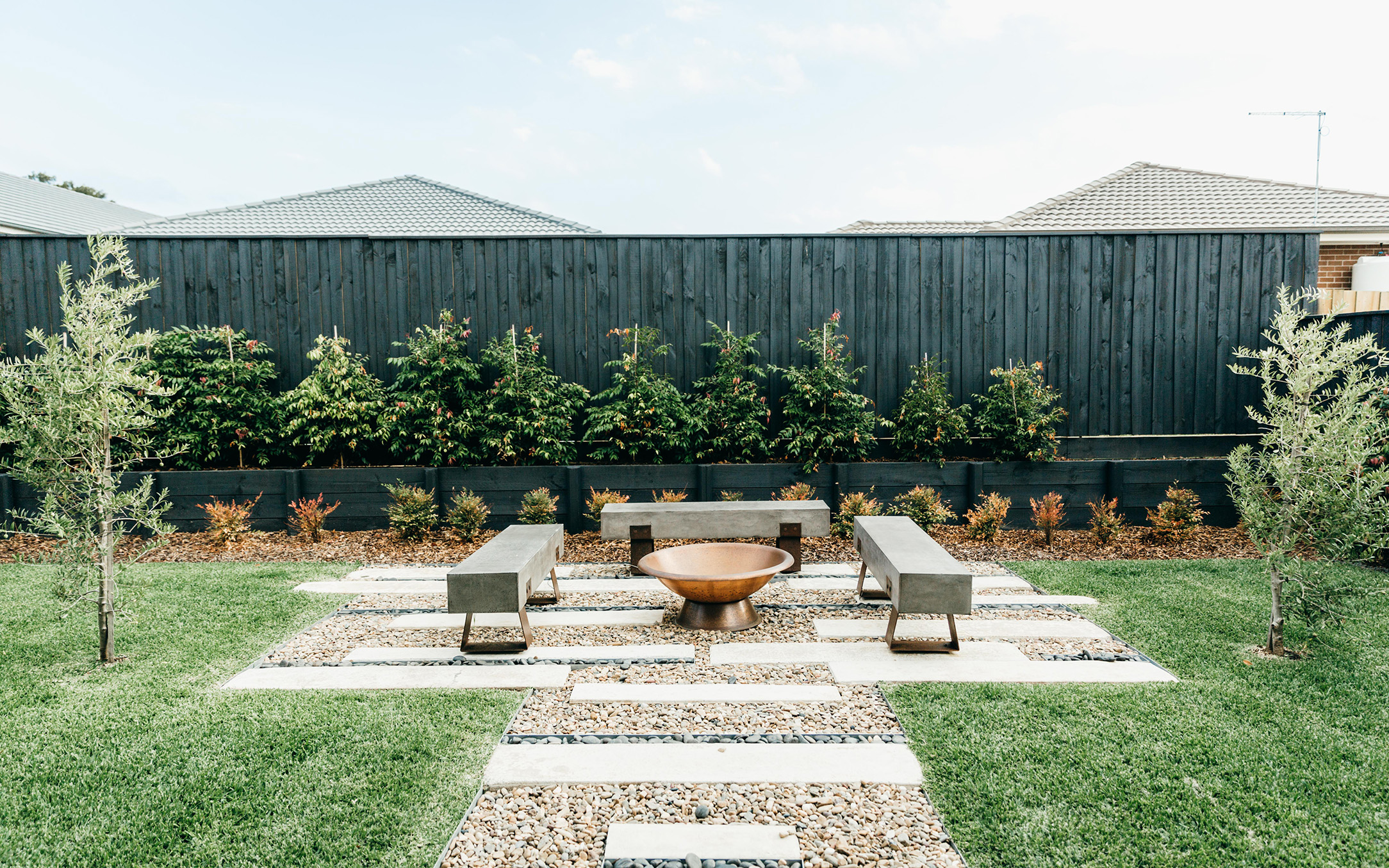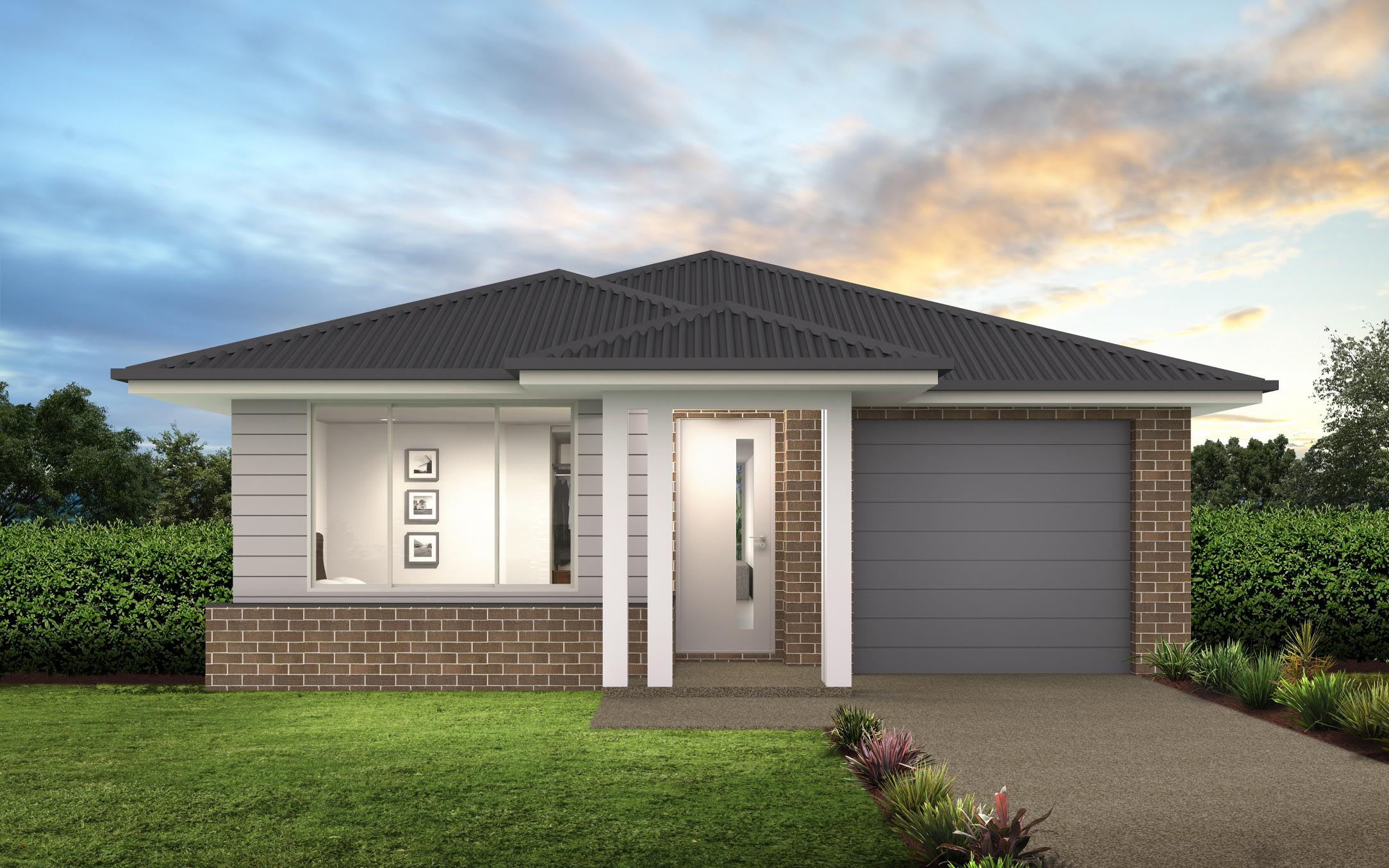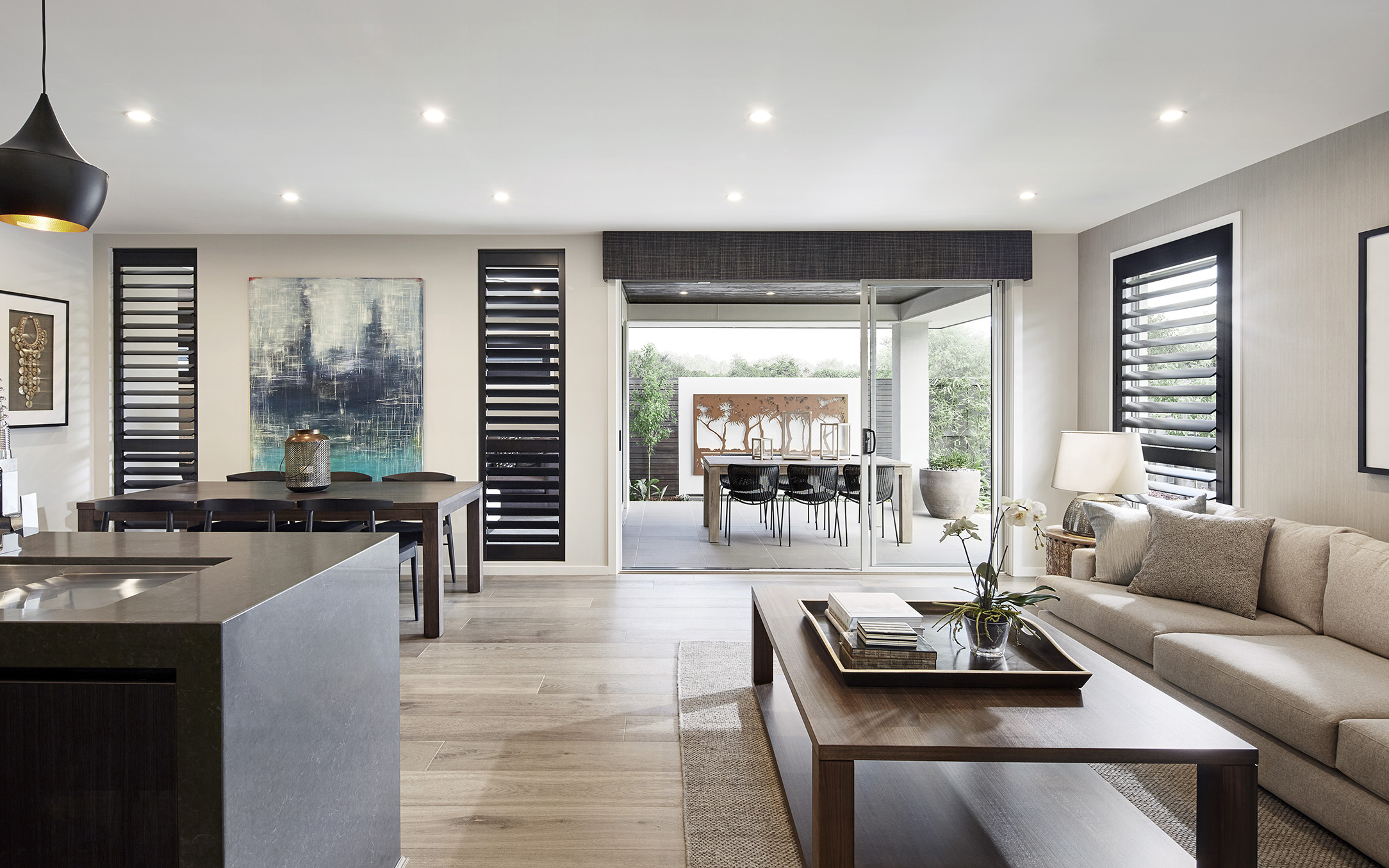Thrive Design, Tips & Trends
Formed Gardens’ Luke Baldwin advice
There’s no doubt that a little bit of greenery goes a long way at home. We’ve written about how the humble fiddle fig can deliver instant interior style and there’s nothing like a healthy lawn for backyard BBQs and outdoor entertaining. But plants are living things and although most are relatively low maintenance, some of us struggle to keep our indoor and outdoor plants thriving.
Formed Gardens is one of Sydney’s premier landscaping design firms. We caught up with Formed Gardens founder Luke Baldwin for his top tips for brown thumbs on maintaining green life at home.
We know that the Fiddle Fig is the trendiest of all indoor plants. How do we keep our Ficuses flourishing?
Formed Gardens: Yes 3 or so years after it was in every design magazine it is still an ever popular choice (I actually have 2 in my home). To keep your Fiddle Leaf Fig looking its best requires only a small amount of love; start by potting it up in a selected pot that is double the size of the root ball – this will give the plant room to grow. Always use a good potting mix, preferably one that is well drained, has water crystals & slow release fertilisers built in. Use a matted Coir Peat mulch to keep moisture in the soil. Position in a well-lit spot, avoid mid-afternoon sun. Water twice a week. For best results I always suggest throwing it outside ( out of the sun) a couple of times a month when it’s raining ….after all, its natural habitat is in a rainforest where it will grow as a tree to 15m tall!
What are some other hardy varieties that don’t mind being indoors?
Formed Gardens: Well actually the Fiddle Leaf’s sister – Ficus elastica (rubber plant) is much tougher – a brilliant choice for low light areas. Even with a bit of neglect this plant will show love and keep producing displays of foliage. The Rhipsalis genus of plants comprises an amazing range of very cool, very tough species for greening up indoors. Most of them are epiphytic meaning they live in trees on the moisture in the air so require almost no watering at all. Couple of my favourites are Rhipsalis campos-portoana, Rhipsalis capilliformis, Rhipsalis Houlletiana. Most people will have seen these succulents dangling around in nurseries – so yes they are great for hanging pots/baskets.
A great lawn is integral to a great Aussie home. How do we keep up a lush lawn?
Formed Gardens: I agree, I judge a man by the way his lawn looks! Preparation is key – all turf varieties require good drainage below the soil. On top of that spread a nice even 100-150mm of 80/20 sand-soil mix. For best results use a lawn level. Selecting the right turf for your location is the next most important. There are many varieties of turf that have varying tolerances to shade, light, frost, heat etc and that produce a differing feel under foot – speak with your turf expert to find out what is best for your site. Once your turf is down water regularly and feed every 3 months during the growing season.
A lot of us have grand plans when it comes to growing our own fruit and veg. Is this unrealistic or are there some easy edibles out there?
Formed Gardens: Very realistic. If you can find a spot in your garden or on your alfresco that receives about 3-4 hours of sunlight a day(morning being the best), then you can grow some of your own produce. Pots are great for common herbs ( Rosemary, Parsley, Basil, Mint, Coriander etc) and also small fruit trees ( Lemon, Lime, Orange). Once you have found the right spot, prepare the soil making sure it is well drained and has plenty of goodness - use potting mix or manures to improve. Plant your selection, mulch and keep it watered daily. To fight of those pests you can use biological control by planting Marigolds or non-harmful organic pesticides such as Eco Pest Oil (available from most nurseries).
For more garden Inspiration from Luke visit Formed Gardens




